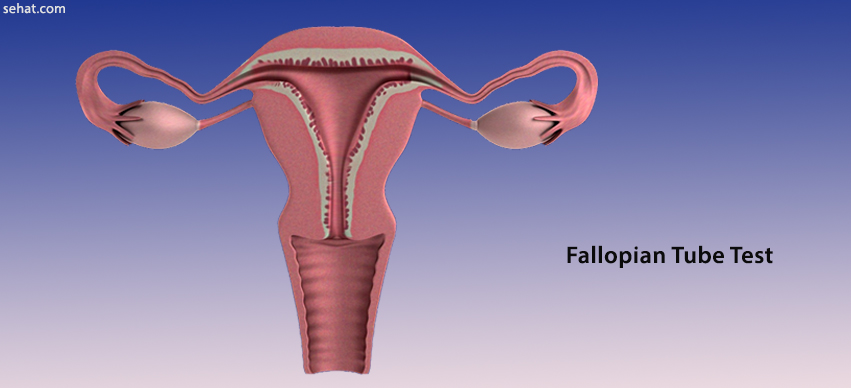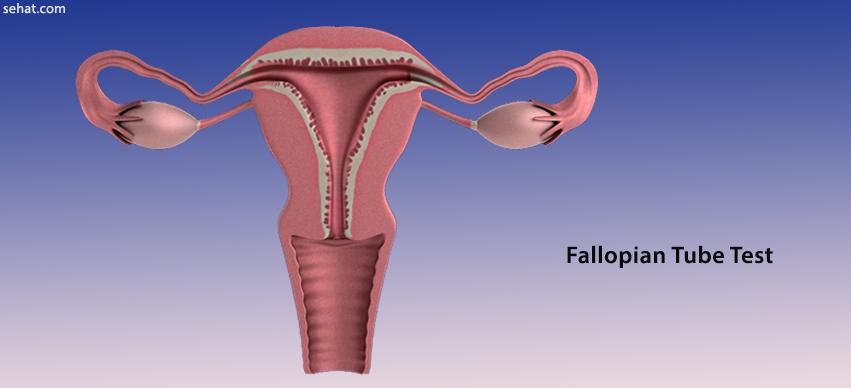Nanoparticle Therapy – An Emerging Cancer Treatment
5 Min Read


Fallopian Tube Test is also known as Hysterosalpingography. It is indicated in patients who are suffering from subfertility, suspecting fallopian tube and uterine pathology. Because most of the women who are having fertility problems have a fallopian tube and uterine pathologies such as polyps, and adhesions. So in order to find out those errors, the fallopian test can be done. Another usage of this test is to investigate repeated miscarriages which can result from congenital abnormalities of the uterus and fallopian tubes. It is an easy test with good sensitivity and specificity.
This fallopian tube test gives a radiographic view of the uterus and fallopian tubes after injecting a contrast substance. The procedure is carried out after excluding pregnancy to prevent false positives. And also patients who are having heavy menstrual bleeding at the time of the procedure and with known contrast allergy are not eligible to undergo the procedure.
Fallopian tube test is done seven to ten days after the beginning of last menstrual bleeding, as an outpatient procedure. Patient has to give informed written consent to carry out the procedure after the doctor has explained the advantages and the possible complications that can give rise due to the procedure. The patient should empty the bladder to avoid discomfort during speculum examination. The day before the procedure a laxative or enema is given to clear the bowel. And to reduce the cramping pain that can arise during the procedure anti-inflammatory painkillers can be given prior to the procedure. Some instances doctors would start some pre-procedure antibiotics too.
It will take around 15- 30 minutes and it’s not very painful. To reduce uterine spasms the contrast media is warmed to body temperature. Cervix is cleaned with antiseptics and a catheter is inserted through the cervix into the uterus. Then the radio-opaque media is injected. It allows the shape of the uterus and fallopian tubes to be seen and a fluoroscopic x-ray is taken to follow its progression through the reproductive system. Sometimes to identify the abnormalities clearly delayed images can be taken after around 20- 30 minutes.
Fallopian tube test is a minimally invasive test with rare complications. Though the procedure lasts for a short period it will give valuable information on a variety of abnormalities that cause subfertility in females. And especially no radiation remains in the patient’s body after an X-ray. But sometimes if the patient is having an active pelvic infection that can be worsened after the procedure. The limitations of this test would be the fallopian tube test can only see the abnormalities of uterus or tubes, where the MRI or ultrasound scan should be done to identify ovarian pathologies.
There can be mild pain during and after the procedure with or without mild bleeding for two to three days. Some patients may feel dizzy or light-headedness during or after the fallopian tube test. These symptoms may get resolved with time.